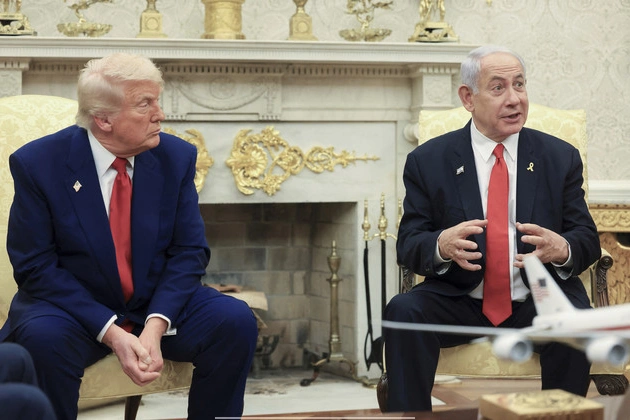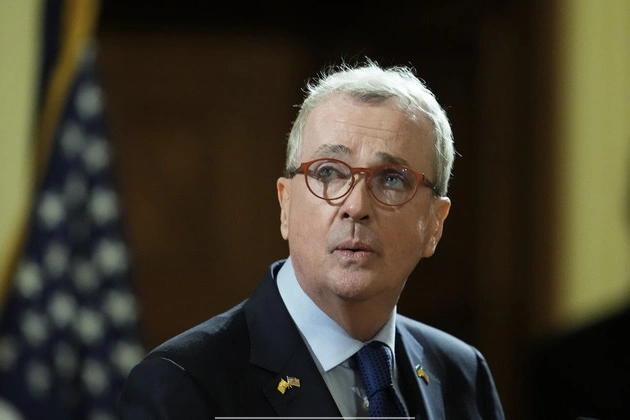
NATO members are in a race to fulfill President Donald Trump’s demands for increased defense spending as geopolitical conflicts intensify globally. Amidst Russia’s actions in Ukraine and escalating Middle East tensions, the upcoming NATO summit in The Hague aims to establish a deadline for members to allocate 5 percent of their GDP to defense.
Strategic Approaches at NATO Summit
The summit holds significant importance as leaders navigate the delicate balance of pleasing President Trump while asserting their independence within the alliance. Countries are showcasing innovative investments and financial maneuvers to meet the new 5 percent target, including repurposing funds for infrastructure projects.
Winners, Risers, and Laggards
A detailed analysis by POLITICO categorizes NATO member states into three groups: the winners, the risers, and the laggards. While some Eastern European nations like Poland lead the pack with substantial defense spending, others are gradually progressing towards the 5 percent threshold.
Leading the Charge: Poland’s Innovative Strategies
Poland, a frontrunner in defense expenditure, has strategically diversified its weapons acquisitions from various countries to expedite deliveries. By blending systems and suppliers, Poland secured advanced equipment like South Korean long-range artillery, setting a trend for other nations.
Baltic States’ Defensive Posture
Estonia, Lithuania, and Latvia are swiftly moving towards the 5 percent mark, leveraging a “porcupine” defense strategy inspired by Taiwan. This approach focuses on agile and potent weaponry to deter potential threats in the Baltic Sea region.
Surprising Spenders and Challenges
Notable outliers like Greece, Canada, Spain, and Italy face challenges in meeting the 5 percent target despite pledges for increased defense budgets. Political constraints, financial limitations, and historical precedents hinder their progress, requiring strategic adjustments.
Continued Efforts for Defense Modernization
Despite varying financial capacities, NATO members like Germany, Sweden, and Turkey are reevaluating their defense strategies to align with evolving security landscapes. From rewriting debt rules to leveraging indigenous defense industries, these nations aim to enhance their military capabilities.
Future Outlook and Recommendations
As NATO strives to boost collective defense capabilities, continuous review and updates are essential to adapt to emerging threats. The commitment to regular content refreshes and strategic investments will reinforce the alliance’s resilience and effectiveness in safeguarding member states.











